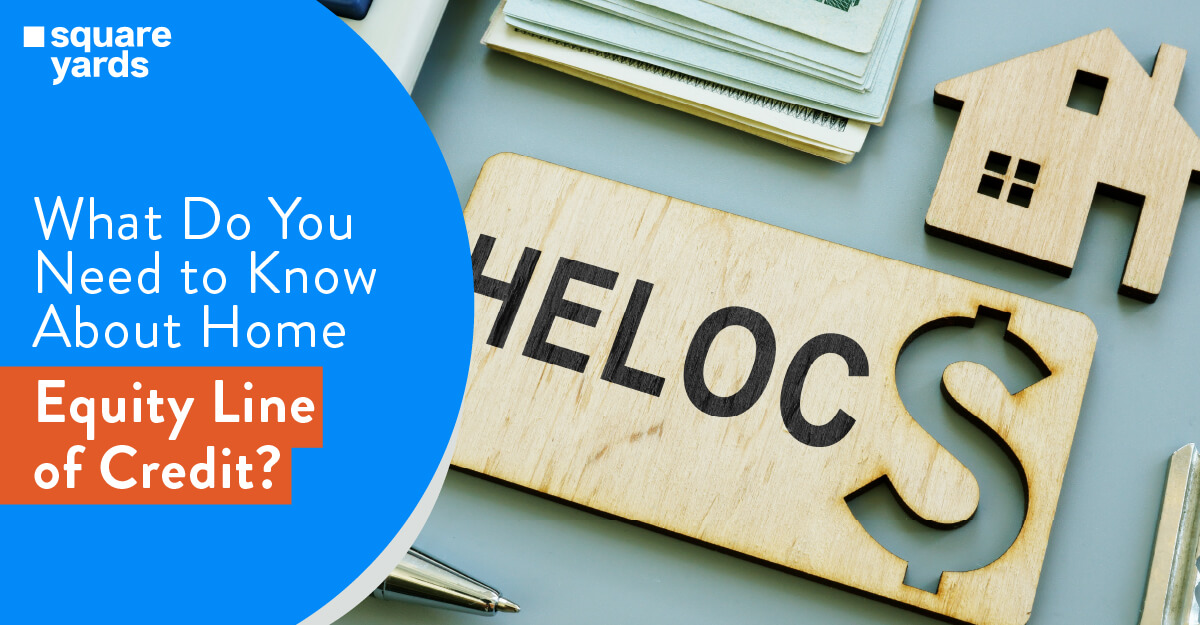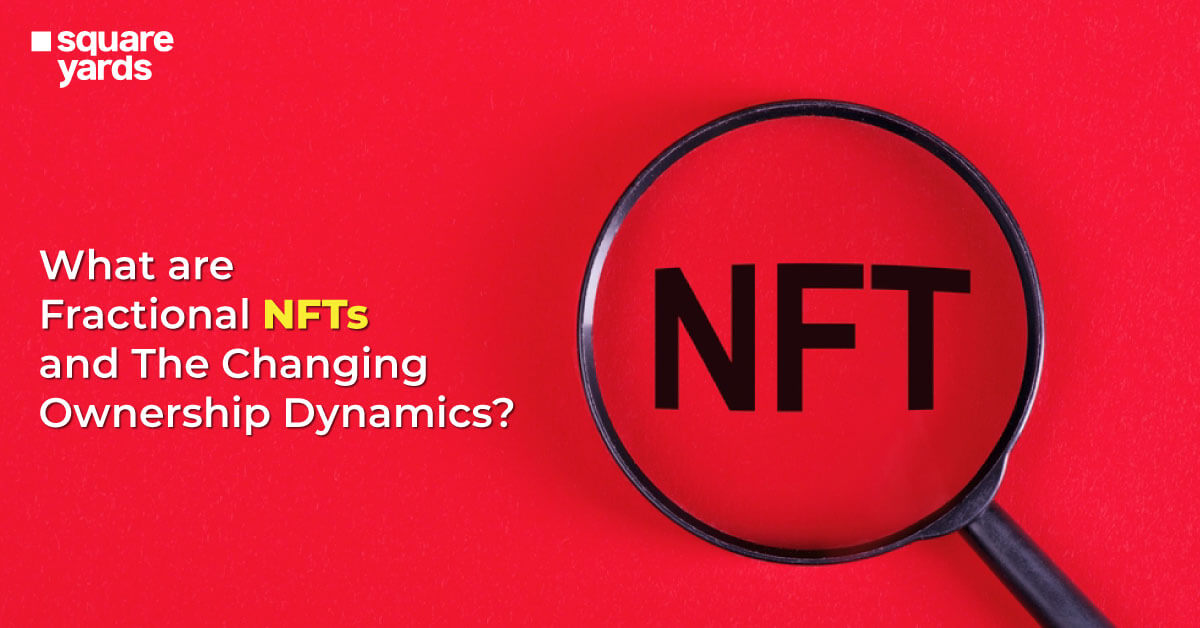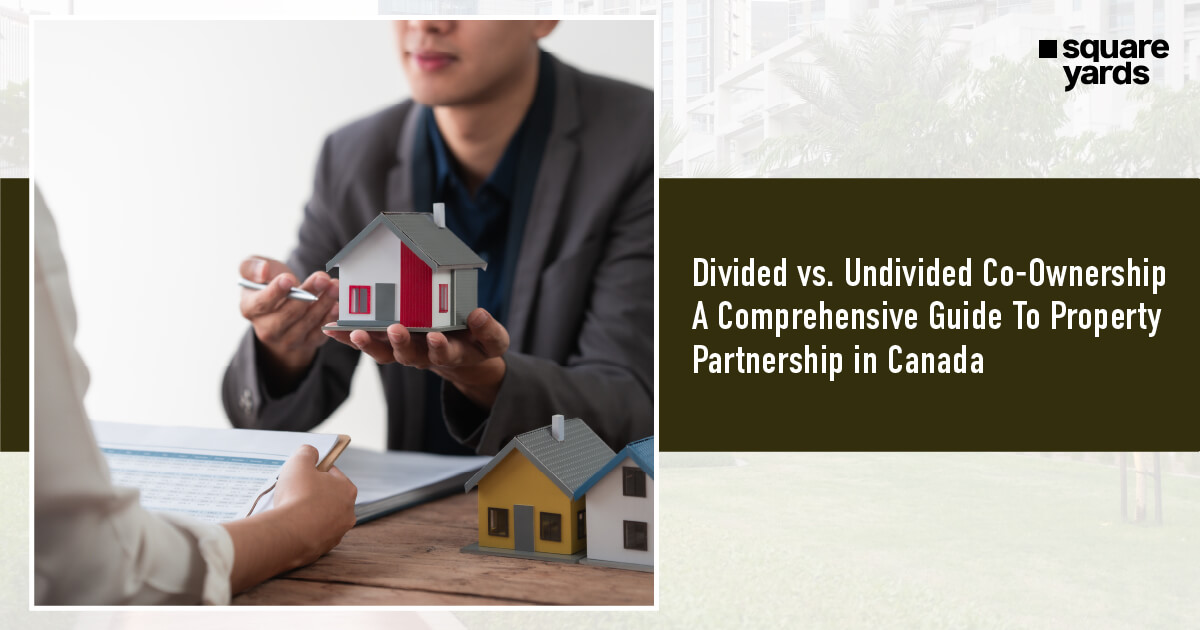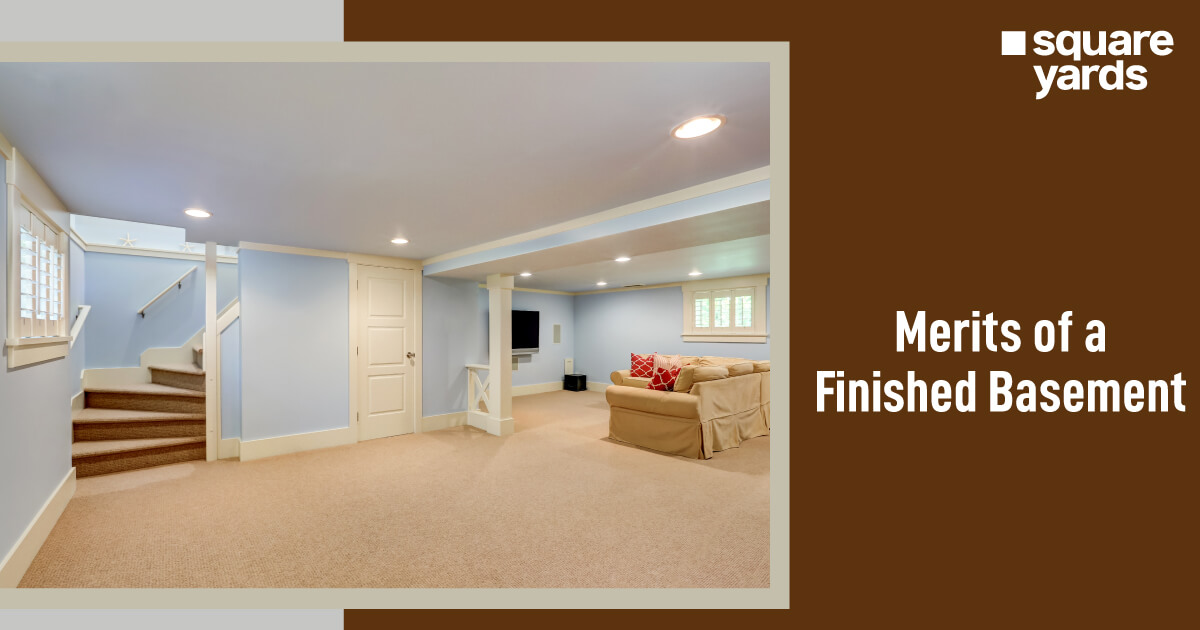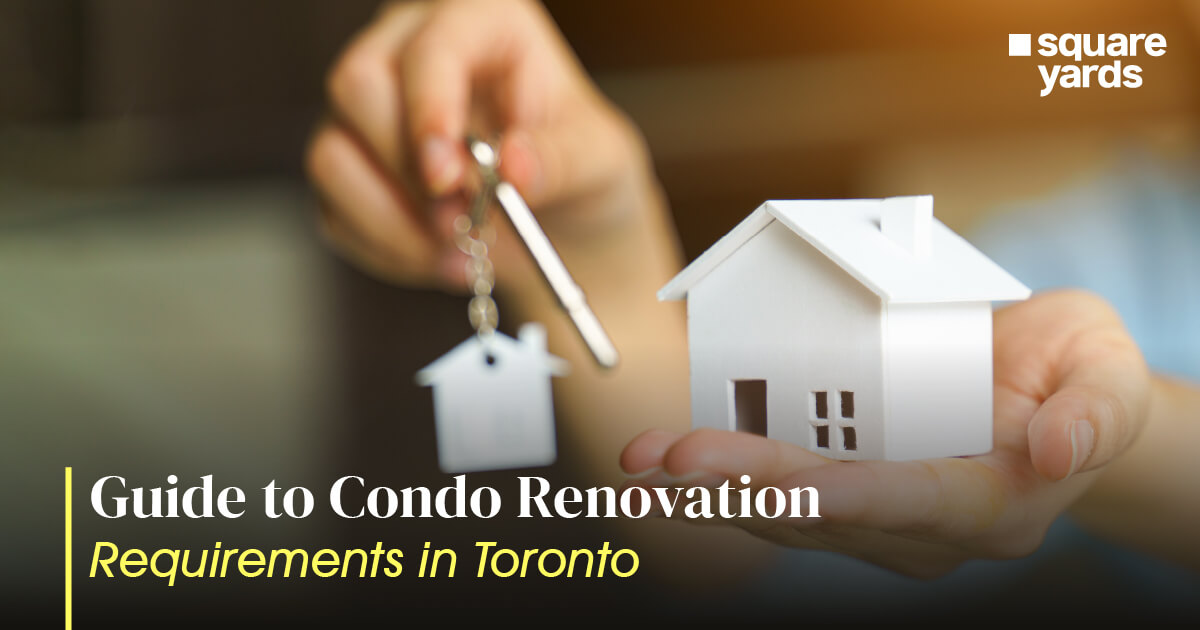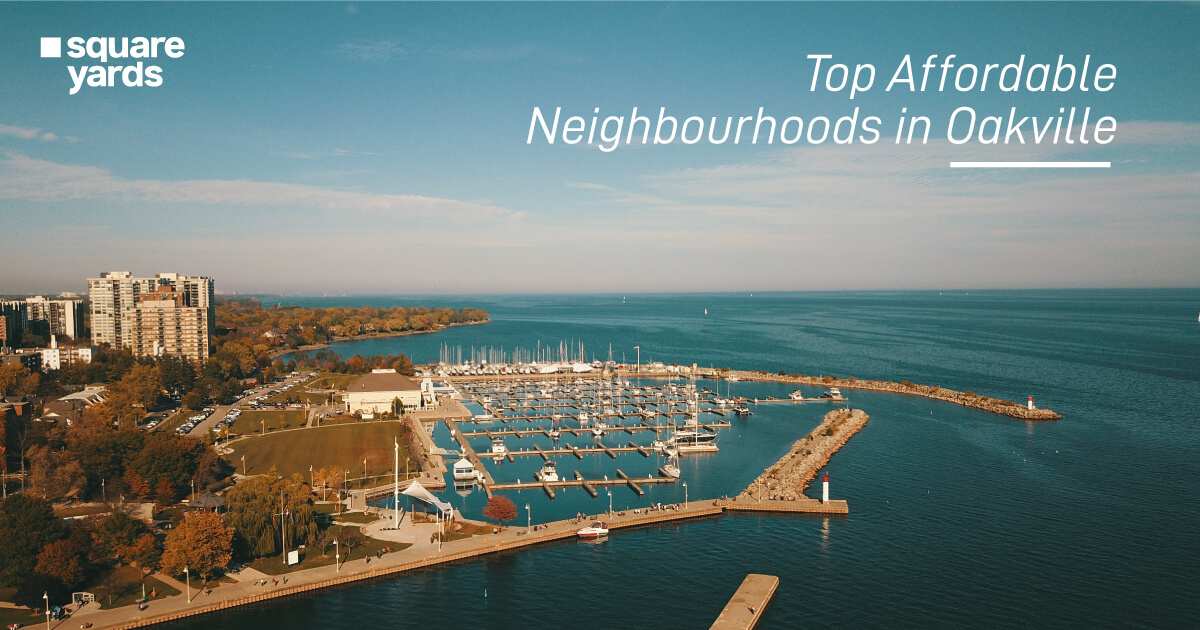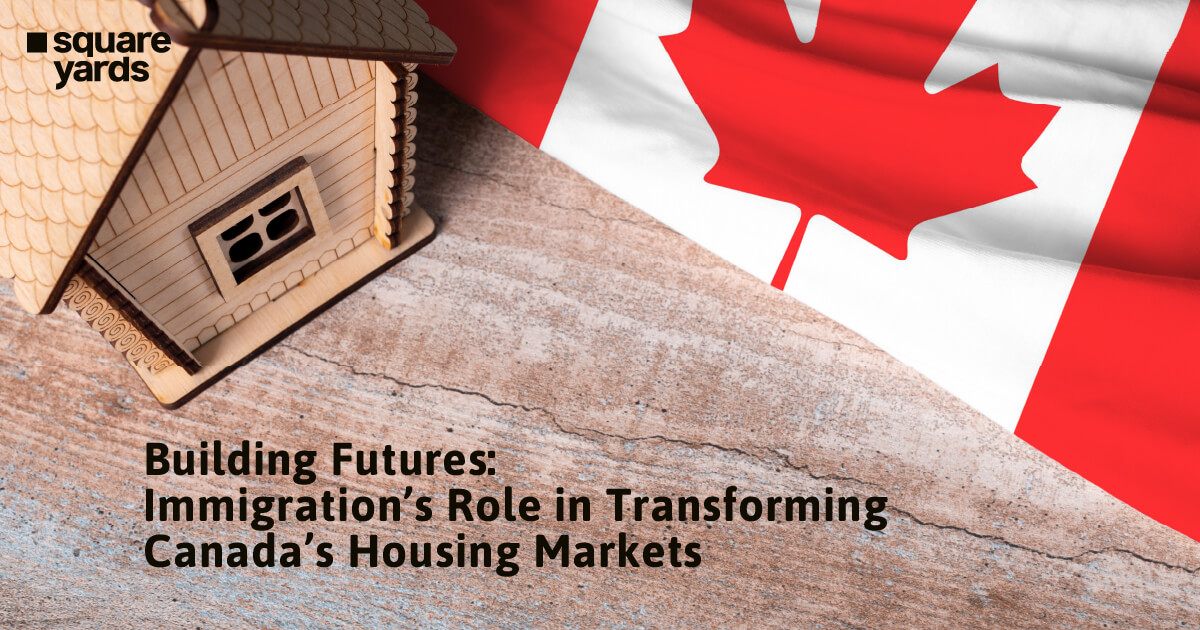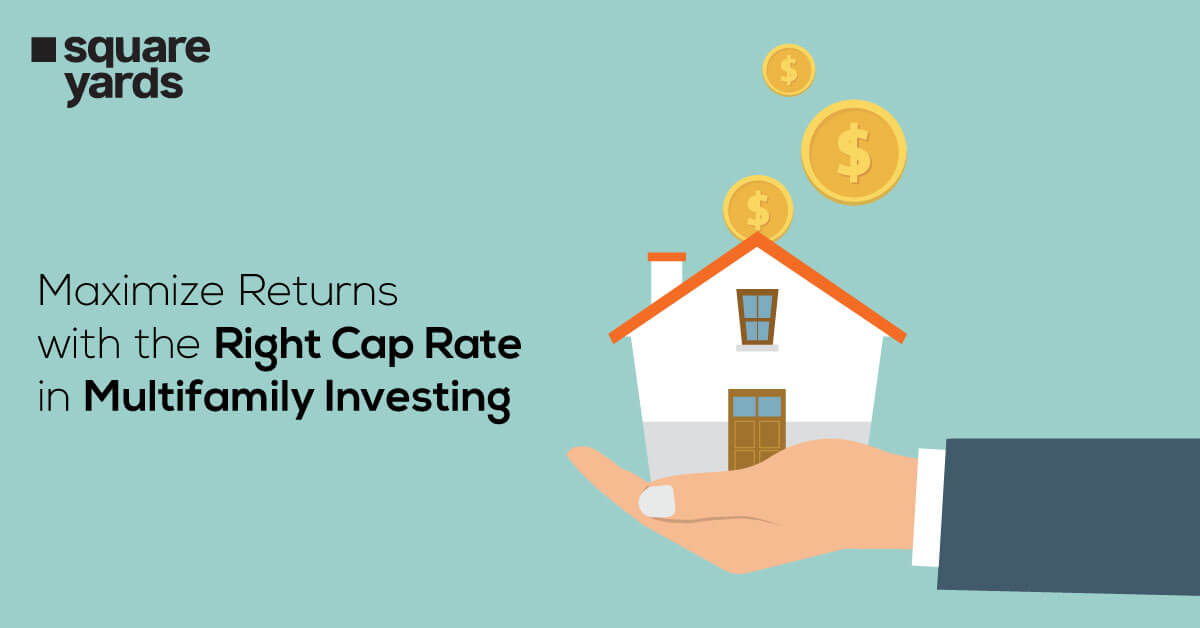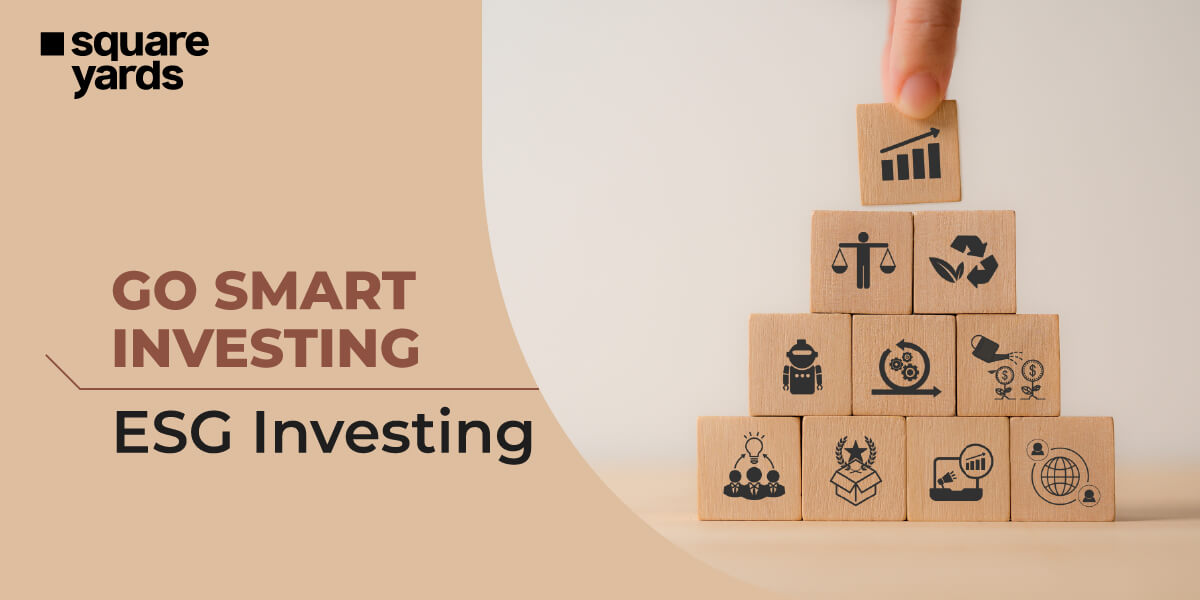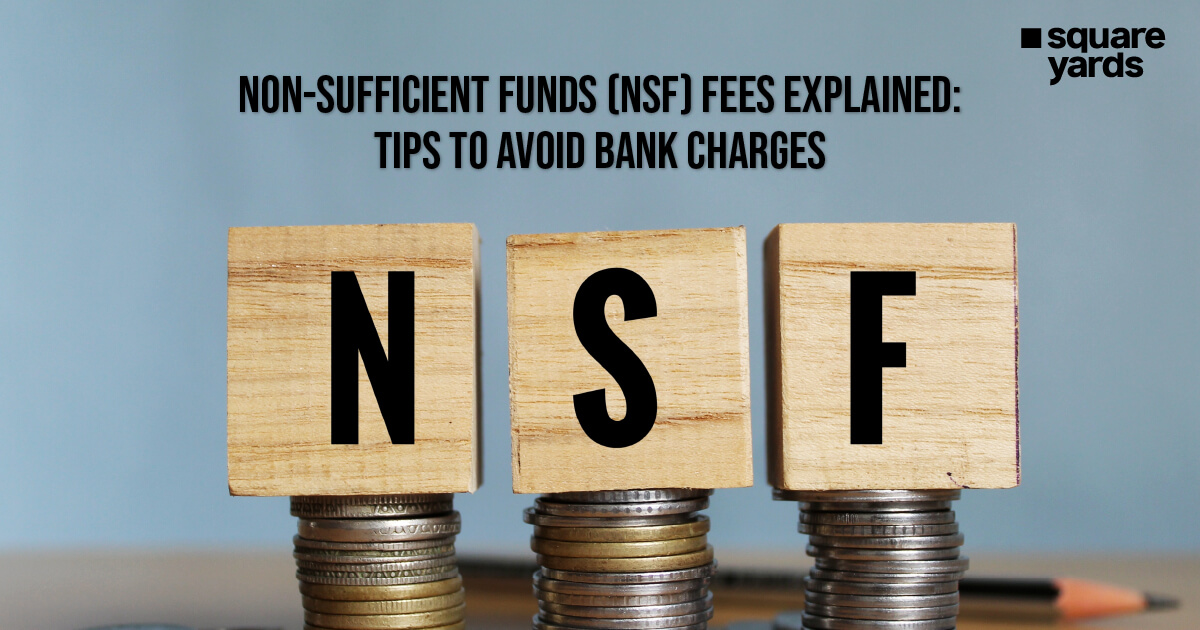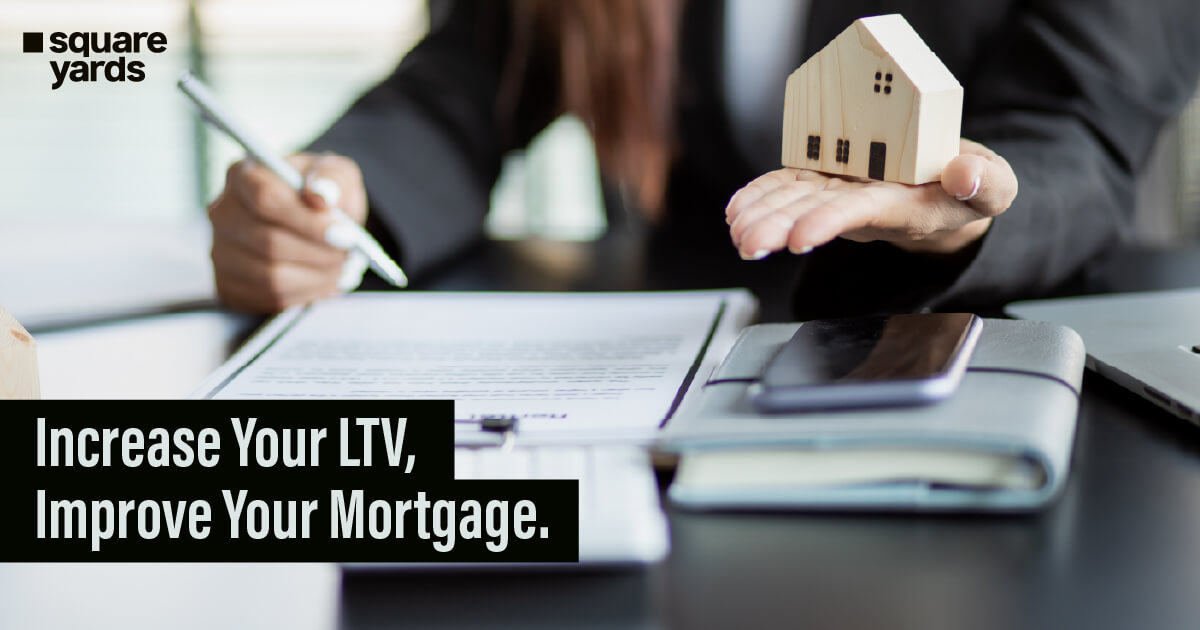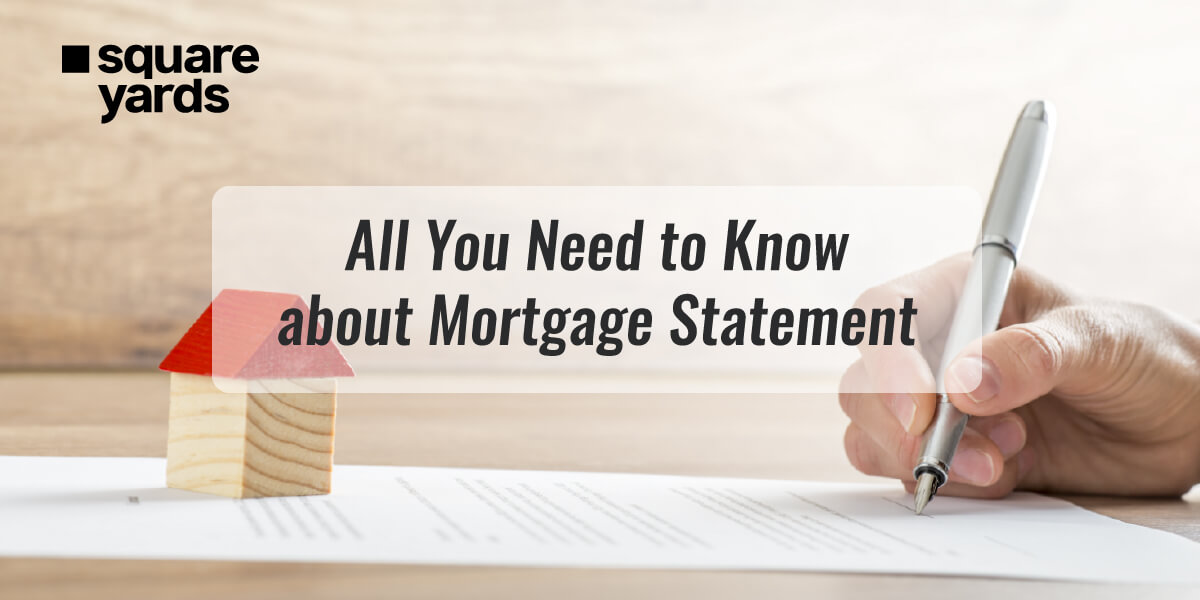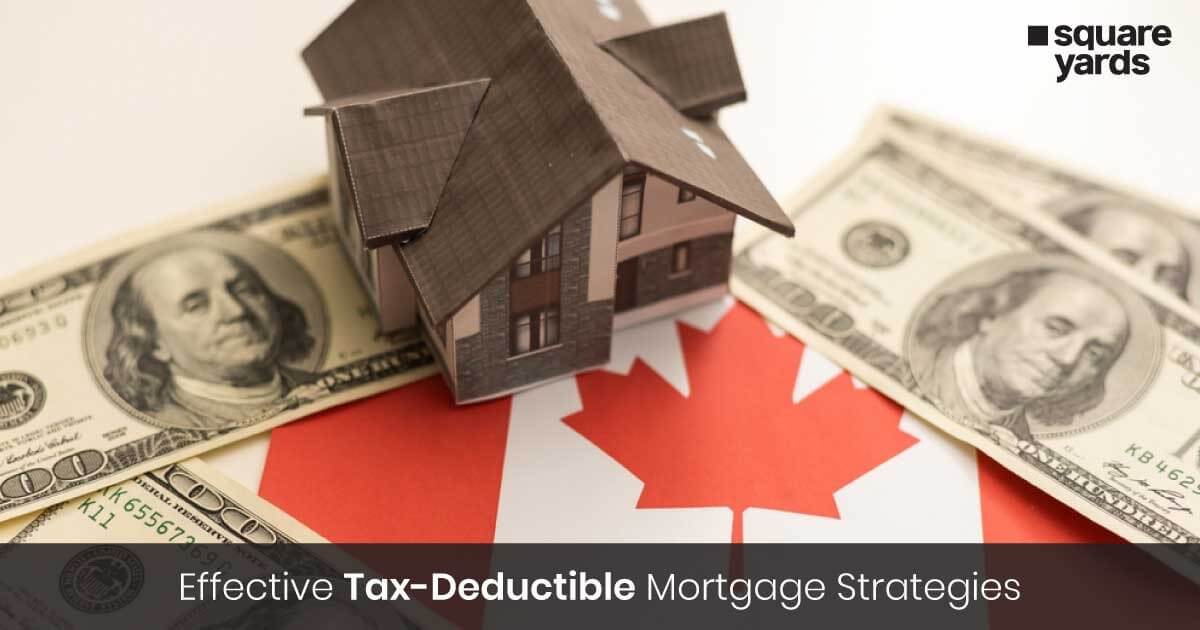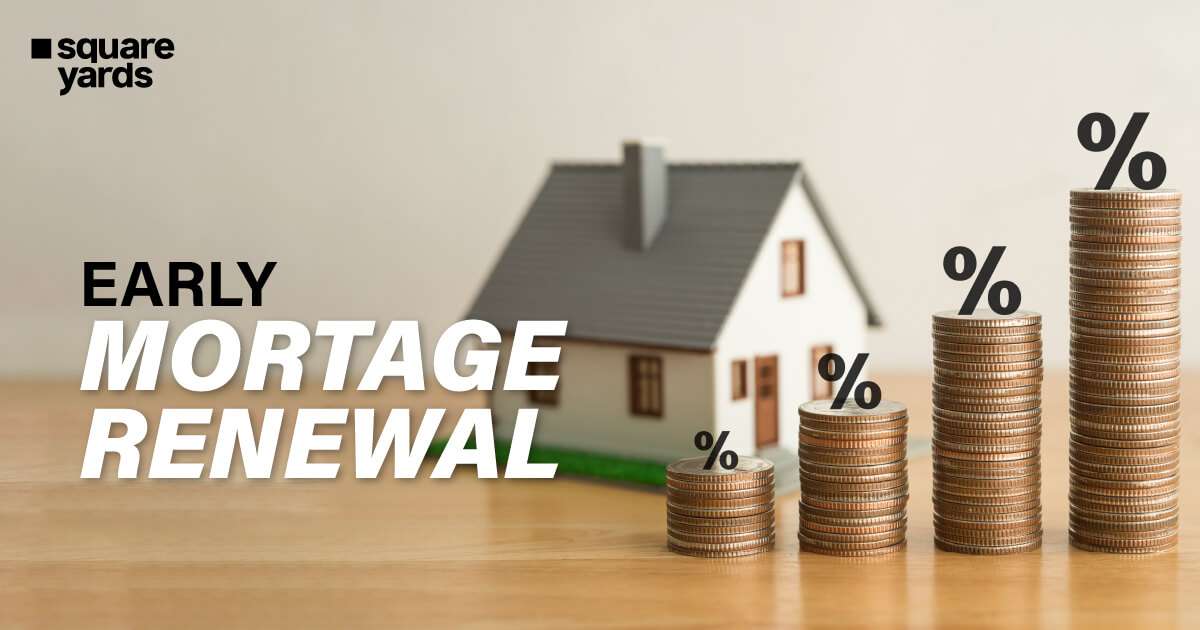Home equity is one of the most commonly used terms in the real estate business. People consider home equity as an option to finance their requirements or to pay back their mortgages at a lower interest rate. If you are planning to make a big purchase and have a home you can put as collateral, you should consider the pros and cons of Home equity line of credit.
In this article, we delve into various aspects related to Home Equity Line of Credit, its calculation and working.
What is Home Equity?

Home equity is a very important concept in the real estate industry. Home equity refers to the house’s value that the owner controls compared to the value controlled by the bank or the financial institution that provides a mortgage loan and financial basics for first time home buyer buying the home in question.
Home equity is dependent on the home equity line of credit. Hence, if the owner wants to raise their home equity, they should try to pay back the mortgage loan as soon as possible as the owner pays the mortgage loan, their home equity increases. Therefore, home equity is also used to calculate the loan amount to be repaid.
What is HELOC (Home Equity Line of Credit)?
A home equity line of credit is commonly used in the real estate industry, also known as HELOC. It is a line of credit that is secured by your home. It allows you to take a revolving line of credit to meet some large expenses that you rea bout to incur or are already incurring.
A home equity line of credit is also used to pay back your other existing loans to improve your debt score. A HELOC is a preferred option for several loan takers as the interest rate of this instrument is relatively low compared to other loan instruments. However, you must consult your financial advisor to understand the tax implications of a HELOC.
How To Qualify For a HELOC in Canada?
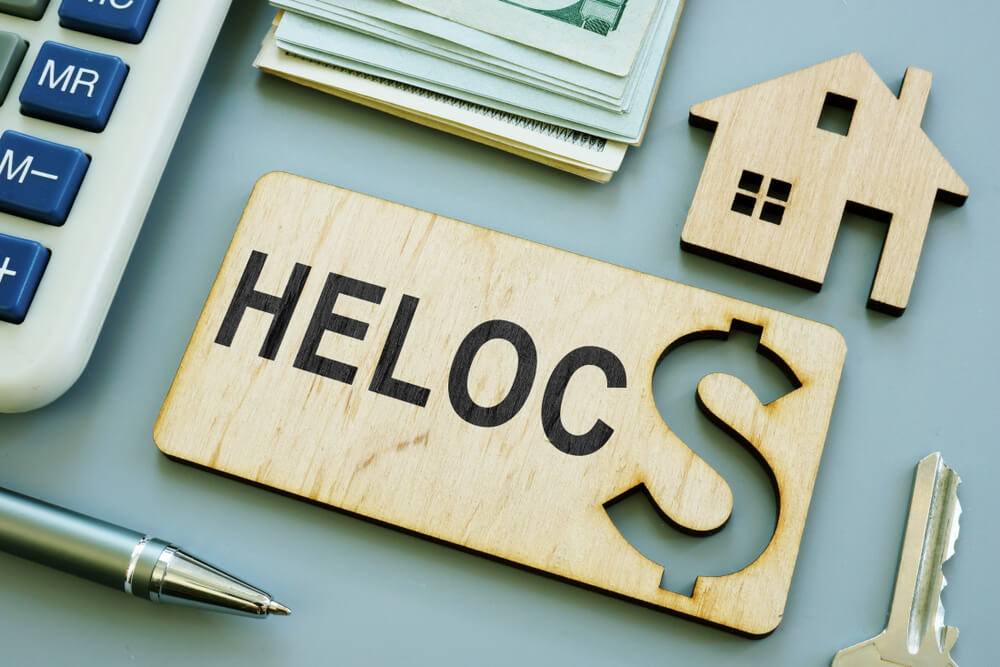
To qualify for a HELOC in Canada, you should have a good equity credit score. This means that a majority of the ownership of your house should be with you compared to the institution that issued you a mortgage loan for purchasing your house. Also, the value you owe to the bank should be lower than the house’s current market value.
-
Other important Requirements For Qualifying For a HELOC Are :
- You must have made at least a 20% down payment for the house that you bought with the help of a mortgage loan.
- You must have made a minimum down payment of 35% if you want to avail of an equity line of credit instead of paying back your mortgage.
You must have a decent equity credit score and a stable source of income to become eligible for a HELOC in Canada. Also, your debt level should be as less as possible. Also, you will be subjected to a stress test to pass to become eligible for a HELOC in Canada.
How Does a HELOC Work in Canada?
You can use a home value estimator Canada to assess your home’s market value before applying for a HELOC. When you opt-in for a HELOC in Canada, you are taking a loan against the equity you hold in your home. Therefore, the house acts as collateral for the line of credit.
The value of the line of credit you will get would depend on the house’s value. Hence, you should estimate the value in advance using the property value estimator. HELOC works like a credit card- as soon as you pay your mortgages, a value equivalent to these payments frees up in the HELOC. This means you can take a loan against the additional mortgage loan repayments you make. The bank will give you a draw period where you can borrow the money as per your requirements. Once the draw period ends, you will have to start making repayments for the HELOC.
How To Pay Off a Mortgage Using HELOC?
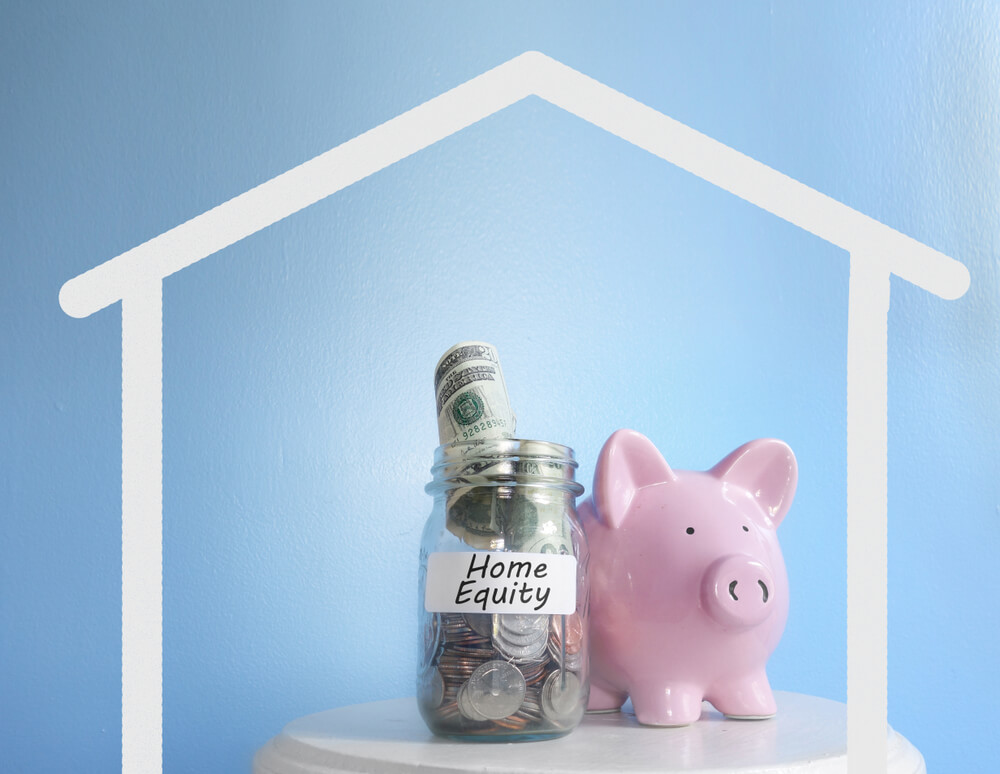
Once you estimate the market value of your house using the RBC house value estimator, you can pay off your mortgage with a HELOC. The biggest advantage of repaying HELOC compared to mortgage loans is the low-interest rates. Once your HELOC gets approved, you can use the line of credit to repay your mortgage loan. You can use a portion of your regular salary to make payments towards the HELOC.
When you use a strategy like this, you eliminate the burden of paying your home mortgage loan. Additionally, you need to pay a lesser amount for repaying the HELOC as the interest rates are quite low compared to the mortgage loan.
However, you should go through the terms and conditions of the HELOC before you start paying off your mortgage loan using the funds.
How is The HELOC Limit Calculated?
The HELOC limit is generally a percentage of the value of your home. Hence, you should use a home value estimator Canada to find out the current market value of your house. You must have at least 20% equity in your current home to be eligible for a HELOC. The HELOC limit is then calculated based on the house’s market value and the mortgage loan balance.
As your mortgage loan payments increase, the HELOC limit also increases. First, the borrower’s home equity is calculated by subtracting the value you owe towards the mortgage from the house’s total value. You can use the RBC house value estimator to get the house’s value. You can then check your mortgage statement to determine the outstanding mortgage payments. Once you have this information, the bank will figure out your credit score and provide you with a loan-to-value ratio. Based on the ratio, the HELOC limit is calculated.
How Are Payments Calculated on HELOC?
When you pay back the portion of a HELOC, the amount includes both the principal and the interest payments. You need to pay a minimum of 100 Canadian Dollars towards your HELOC every month. The payments are decided based on the loan balance and the prevailing interest rates in the industry.
What Are The Advantages and Disadvantages of HELOC?
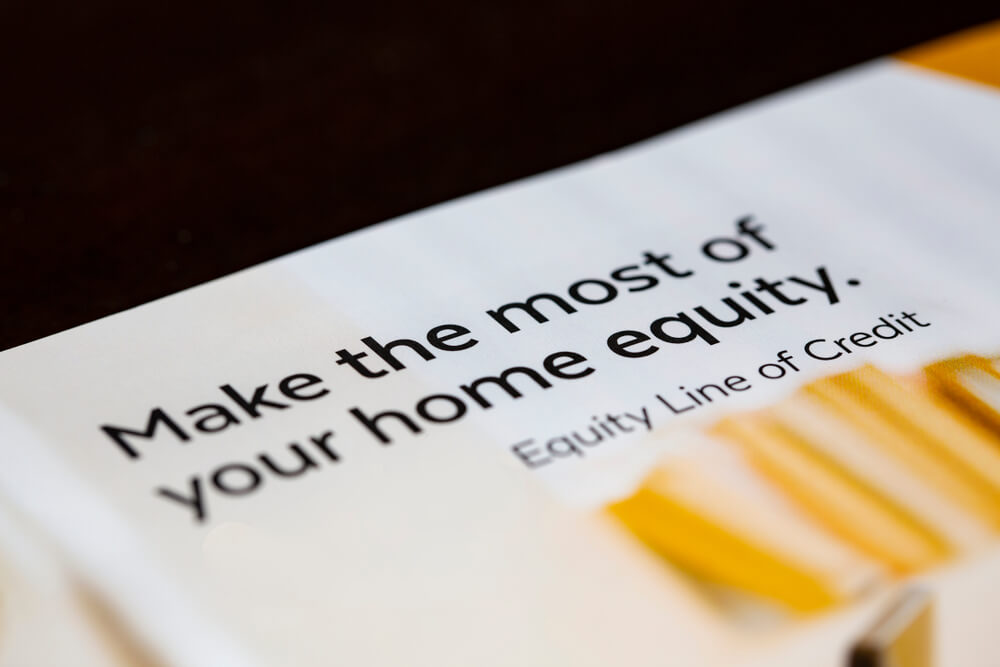
The following are the advantages and disadvantages of HELOC:
-
Advantages
- The major advantage of a HELOC is that it comes with a low-interest rate.
- Another benefit is using this line of credit to repay your mortgage loan.
-
Disadvantages
- The disadvantage of a HELOC is that the repayment works like a regular loan, where you have to make monthly payments to pay back the amount.
- Also, if you miss the payments, the lender might get the ownership of the house transferred to their name.
How Do You Pay Back a HELOC?

HELOC comes with a draw period where you can withdraw money per your needs. While you don’t need to pay back the principal amount, you will have to make interest payments monthly. However, if you have the required funds, you can also pay the principal back along with the interest payments.
When you pay the principal back, the amount becomes eligible for reuse. Hence, you need to pay back a HELOC as you pay the bills on your credit card. Your credit limit gets replenished after every principal payment.
What is The Difference Between Getting a HELOC and Refinancing Mortgage?
The only difference between a HELOC and refinancing your mortgage is that when you apply for a HELOC, you essentially take an additional loan to bear your expenses or pay back your existing loan. However, in the case of refinancing of mortgage, you get the tenure of your loan increased. Hence, you get more time to repay the loan. If you want to reduce the amount you pay as interest, you must opt for HELOC. However, if you wish to extend the duration of loan repayments, you should go with refinancing.
What is The Difference Between Getting a HELOC and a Second Mortgage
While HELOC gives you access to credit based on the market value of the house and the amount you have repaid towards your mortgage loan, a second mortgage is a loan against property that is already mortgaged. Hence, the house is again given as collateral. Therefore, the risk of the house increases.
Is a HELOC Better Than a Mortgage?
The choice will depend on your financial goals and how financially disciplined you are. You must take a mortgage if you want to finance a major expense like buying a new home. However, for smaller expenses, you can go with a HELOC. It is a better option if you can make small payments towards it every month. However, if you don’t have the discipline to make regular repayments, you should go with a mortgage where you can decide the amount you want to repay.
In Conclusion
You can use a home equity line of credit to repay your other outstanding debts and raise your credit score. Given that it has a lower interest rate than most other loan instruments, a HELOC is a popular choice for many borrowers. To learn about the tax repercussions of a HELOC, you must speak with a financial expert.
You May Also Read :
| Real Estate Mortgage Process | Guide To Real Estate Mortgage Process |
| Credit Score For a Mortgage | All About Credit Score For a Mortgage |
| Canada Mortgage Rates | Best Home Loan in Canada |
| Private Mortgage Lenders | Guide To Private Loan Institutions |
| Different Types of Loans in Canada | All About Different Types of Loans in Canada |
| Canadian Banking System | About Canadian Banking System |
Frequently Asked Question (FAQs)
The formula to calculate a home equity line of credit is the amount remaining as the mortgage/ appraised value of the house.
The value of your house (less the balance on your first mortgage) is your equity. You might be able to borrow up to 85% of this amount from lenders.
You can use an RBC house value estimator to find the value of your home in Canada.
Currently, the discharge fee for an RBC mortgage is $260. However, you can reach out to your bank to check if you can get a reduction in the fee.
Yes, it is quite easy to get a mortgage from RBC. You just need to fill out a few forms and complete a few formalities before getting the mortgage. What is the formula to calculate a home equity line of credit?
How much equity can I borrow from my home?
How do I find the value of my home in Canada?
What is the RBC mortgage discharge fee?
Is it easy to get a mortgage from RBC?

